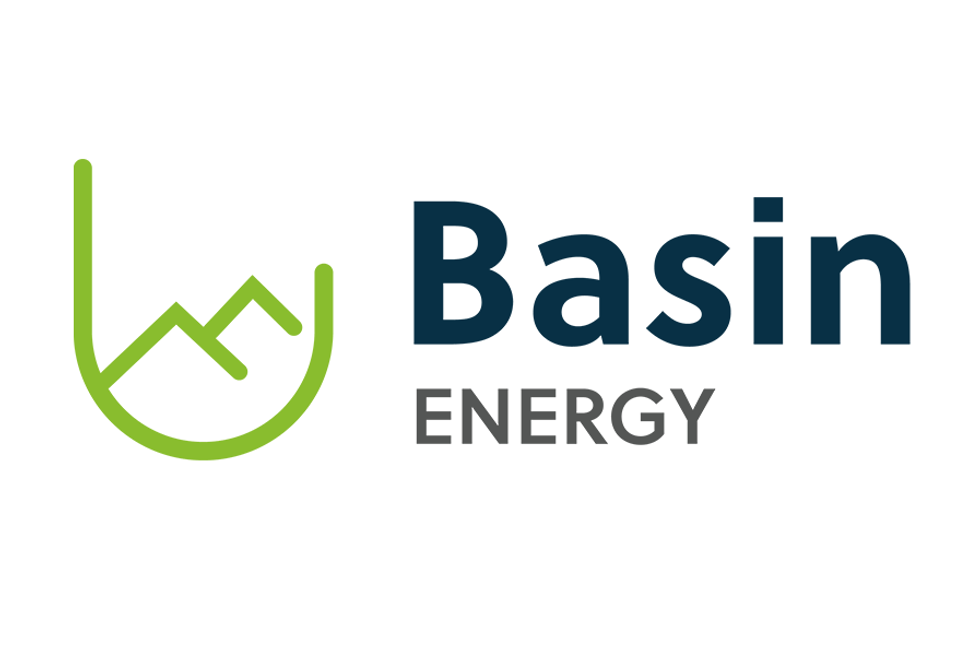According to the World Nuclear Association, uranium production in Malawi has increased in the last 2 years from zero to approximately 670 tonnes of uranium. Malawi was the only country to report a triple digit marginal growth rate for uranium production over the last 12 months.
Malawi is a coastless republic in southeast Africa bordered by Zambia to the northwest, Tanzania to the northeast, and Mozambique on the east, south and west. The country’s relatively small geographical territory is just over 118,000 square kilometers with an estimated population of more than 13,900,000 ranking it among the world’s most densely populated countries. Malawi is separated from Tanzania and Mozambique by Lake Malawi. is considered to have a variety of mineral resources including coal, phosphates, limestone, graphite, gemstone, gold, platinum, natural gas, diamond, nickel and copper resources.
Recent growth
According to the World Nuclear Association, uranium production in Malawi has increased in the last 2 years from zero to approximately 670 tonnes of uranium. Placing this into a global perspective 56 percent of countries reporting uranium production experienced a decline in total last year, and Malawi was the only country to report a triple digit marginal growth rate for the last 12 months.
Economy
Historically, mining activities in Malawi have only contributed to about 1 percent of the country’s GDP. The economy is predominately agricultural with about 80 percent of the population living in rural areas. Agriculture has benefited from fertilizer subsidies since 2006, accounting for 90 percent of export revenues and more than one third of GDP. The performance of the tobacco sector is imperative to short-term growth as tobacco accounts for more than half of exports.
The economy depends on substantial inflows of economic assistance from the IMF, the World Bank, and individual donor nations. The government faces many challenges including developing a market economy, improving educational facilities, facing up to environmental problems, dealing with the rapidly growing problem of HIV/AIDS, and satisfying foreign donors that fiscal discipline is being tightened.
The current administration has announced infrastructure projects that could yield improvements, such as a new oil pipeline for better fuel access, and the potential for a waterway link through Mozambican rivers to the ocean, for better transportation options. Since 2009, however, Malawi has experienced some setbacks, including a general shortage of foreign exchange, which has damaged its ability to pay for imports, and fuel shortages that hinder transportation and productivity. Investors should note that the government continues to face barriers that may impact foreign interests such as unreliable power, water shortages, poor telecommunications infrastructure, and the high costs of services.
Geography
The country consists of three major geographical zones: a rift valley floor area along Lake Malawi in the north and centre of the country, and continuing into the Shire valley in the south; the plateau region, with gentle slopes and broad valleys at altitudes ranging between 750 and 1,400 m; and the predominantly mountainous areas, mainly in the north of the country.
Investment considerations
In January 2009, Paladin Energy Ltd. (TSX:PDN) (ASX:PDN) opened Malawi’s first and only current uranium mine at Kayelekera in the northern part of the country. The Central Electricity Generating Board of Great Britain (CEGB) discovered the high grade Kayelekera sandstone uranium deposit in the early 1980′s. The project was further developed before it was eventually abandoned in 1992 due largely to the poor outlook for uranium, as well as the privatization of CEGB and resultant pressure to return to its core business. In March, Paladin reported Kayelekera had record production with a step-change in plant performance achieved during the first quarter of this year. The company reports that, “Overall recovery levels continue to improve, significantly contributing to higher production levels and lower unit costs.”
Australian exploration and development companies Globe Metals & Mining Ltd (ASX:GBE) and Resource Star Ltd. (ASX:RSL), are currently involved in final feasibility for the joint venture Kanyika Niobium Project, with production scheduled to commence in spring of 2014. The primary resource for the project is niobium, in the form of ferro-niobium, with bi-products to include uranium oxide, tantalum oxide and potentially also zircon.
African Energy Resources (ASX:AFR), is focused on developing a coal project in eastern Botswana; however, the company has two prospecting licenses for projects near the Zambia and Malawi border. A number of airborne radiometric surveys were flown over the projects in late 2006 and late 2007, and several uranium targets were identified.
Lisungwe Mineral Resources Limited (OFEX:LIS) is engaged in mineral exploration in projects including Chimimbe Hill, Malingunde Hill and Madisi. The potential for resources in these projects are reported to include nickel, cobalt and chromium.






